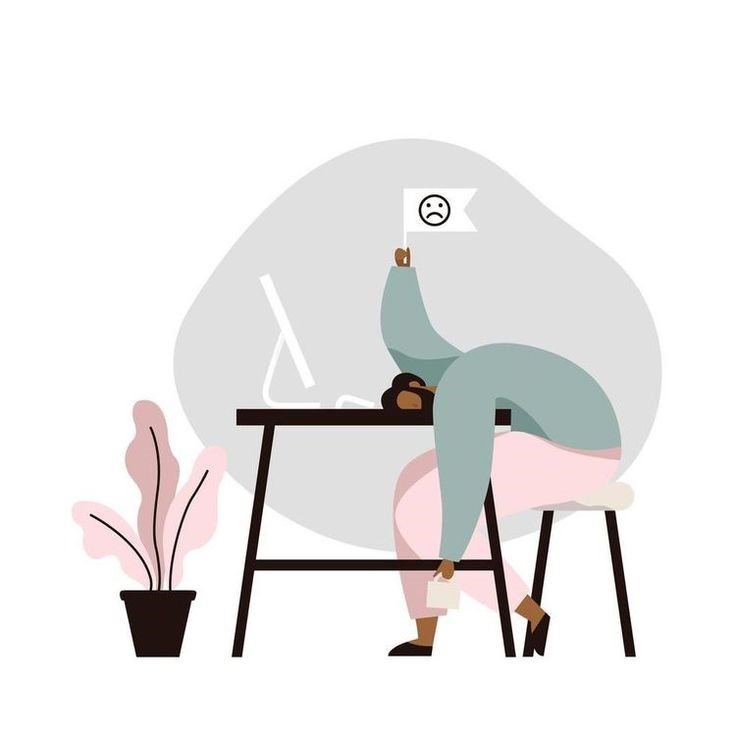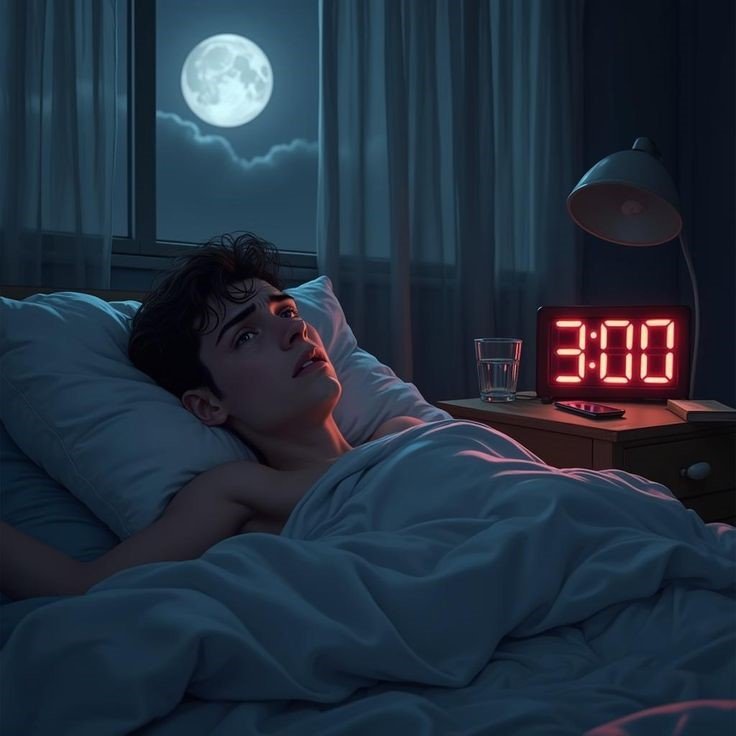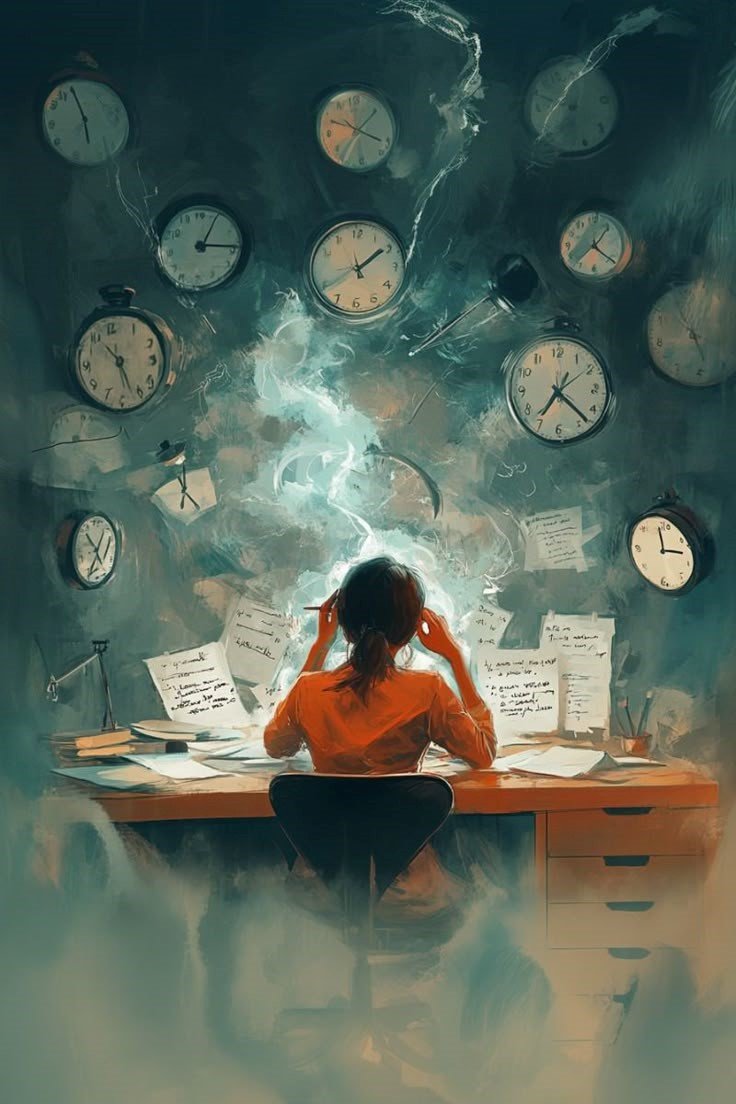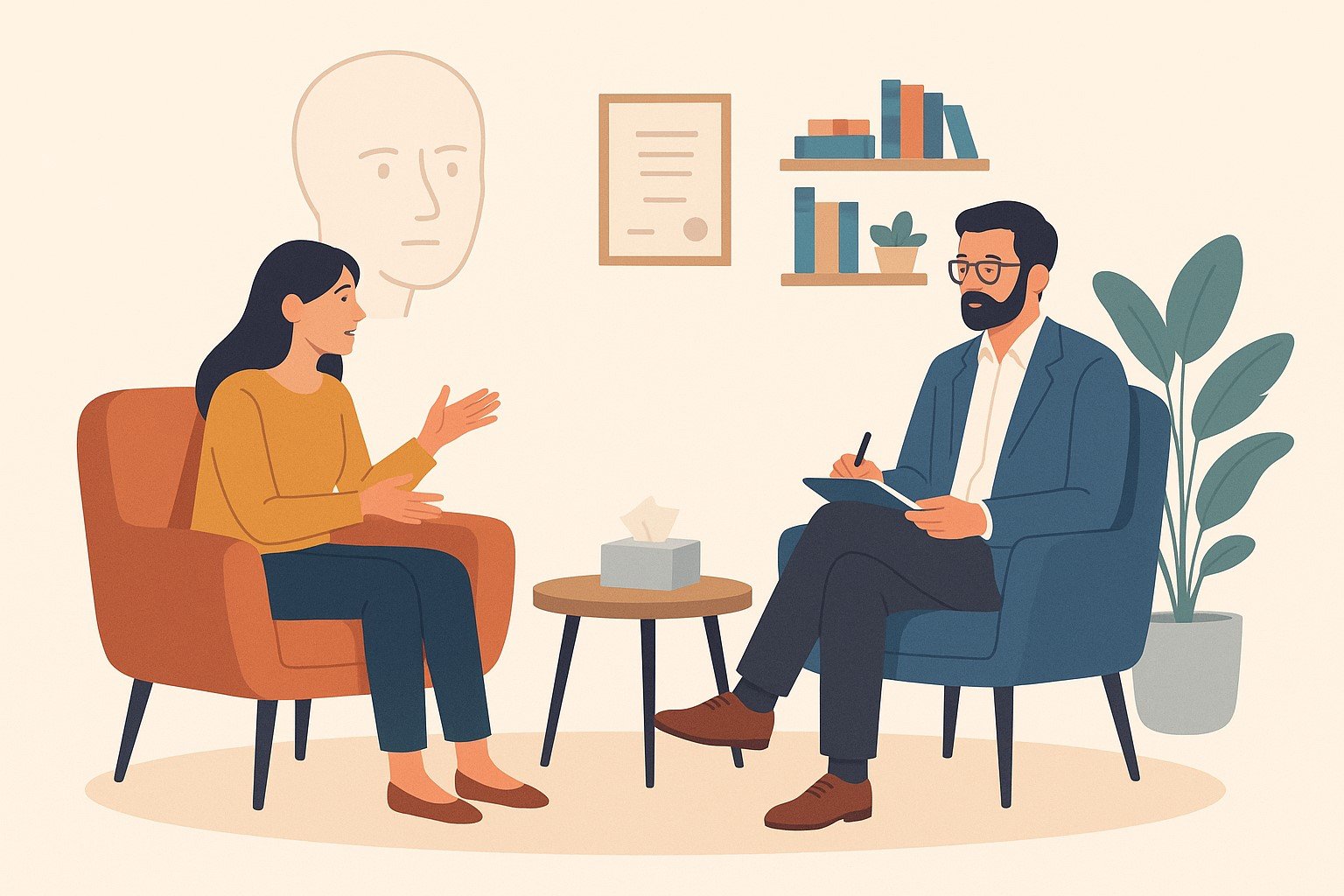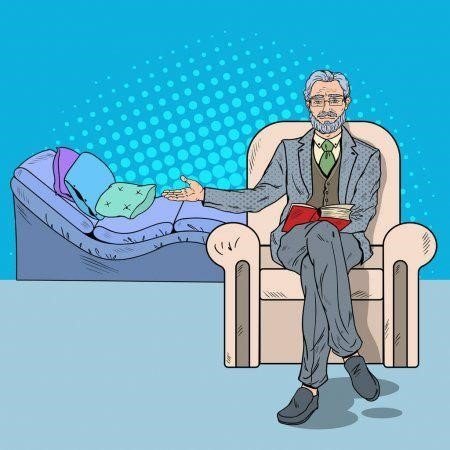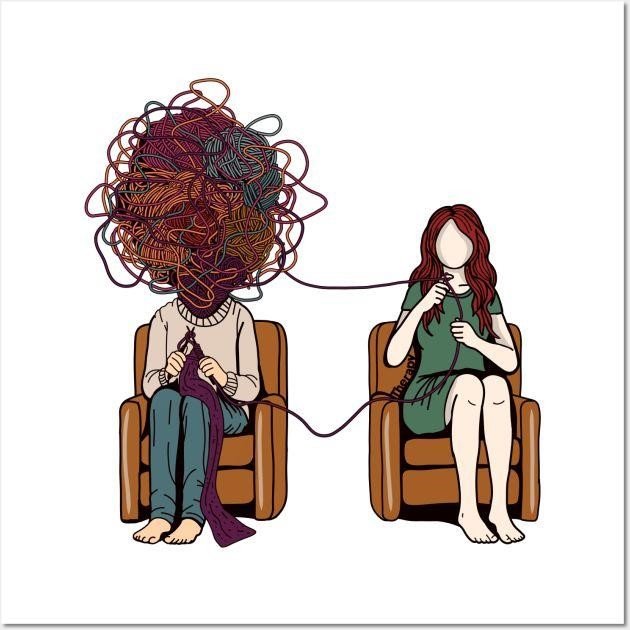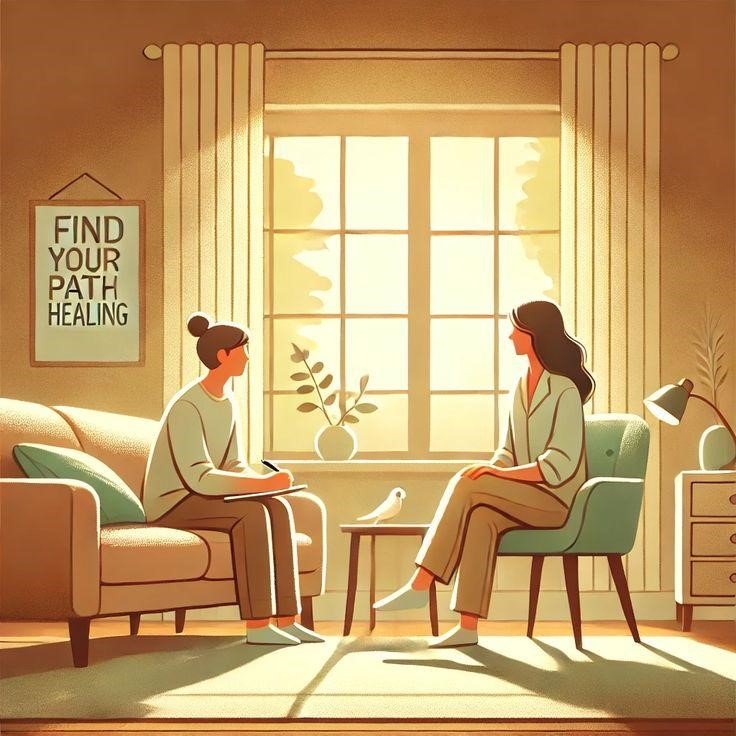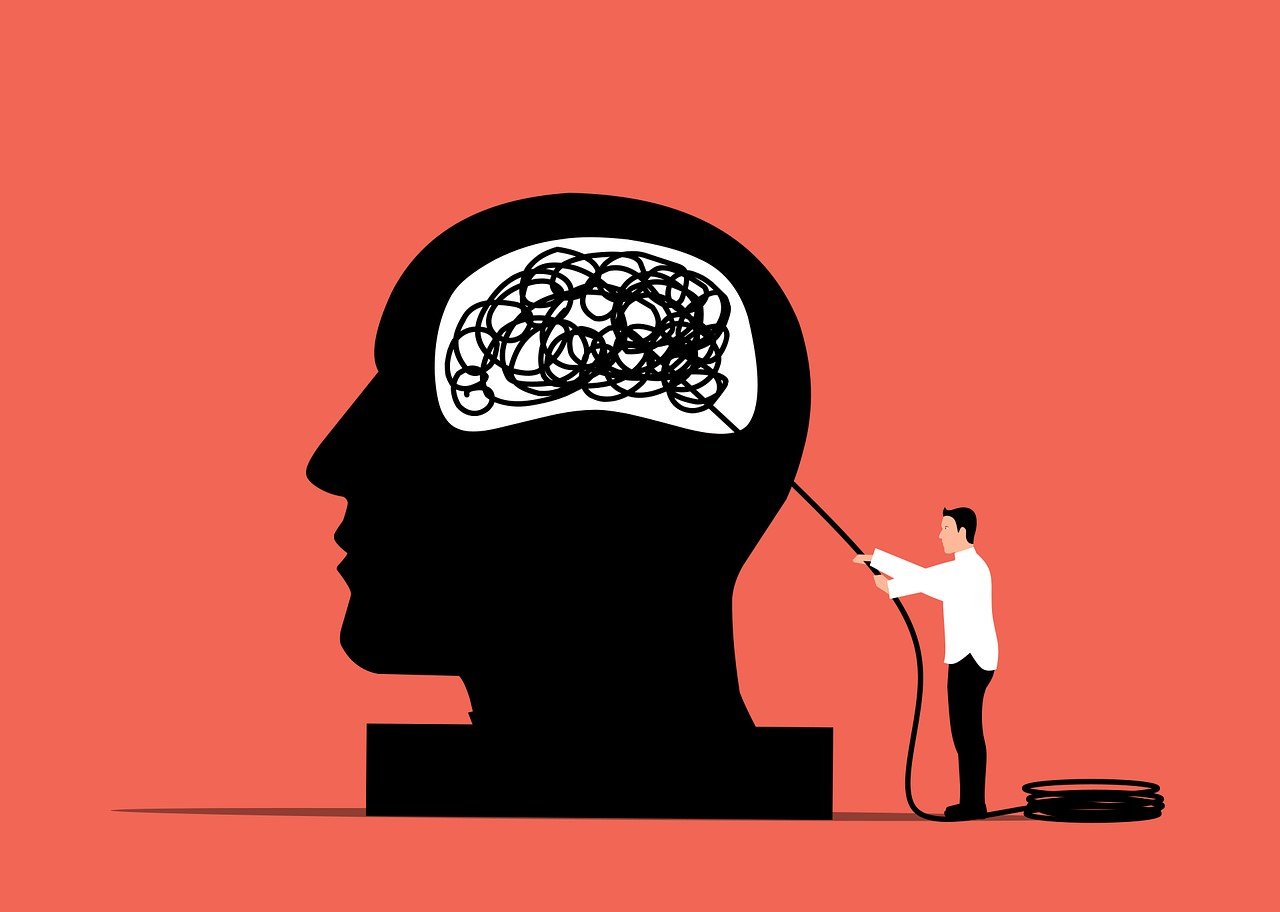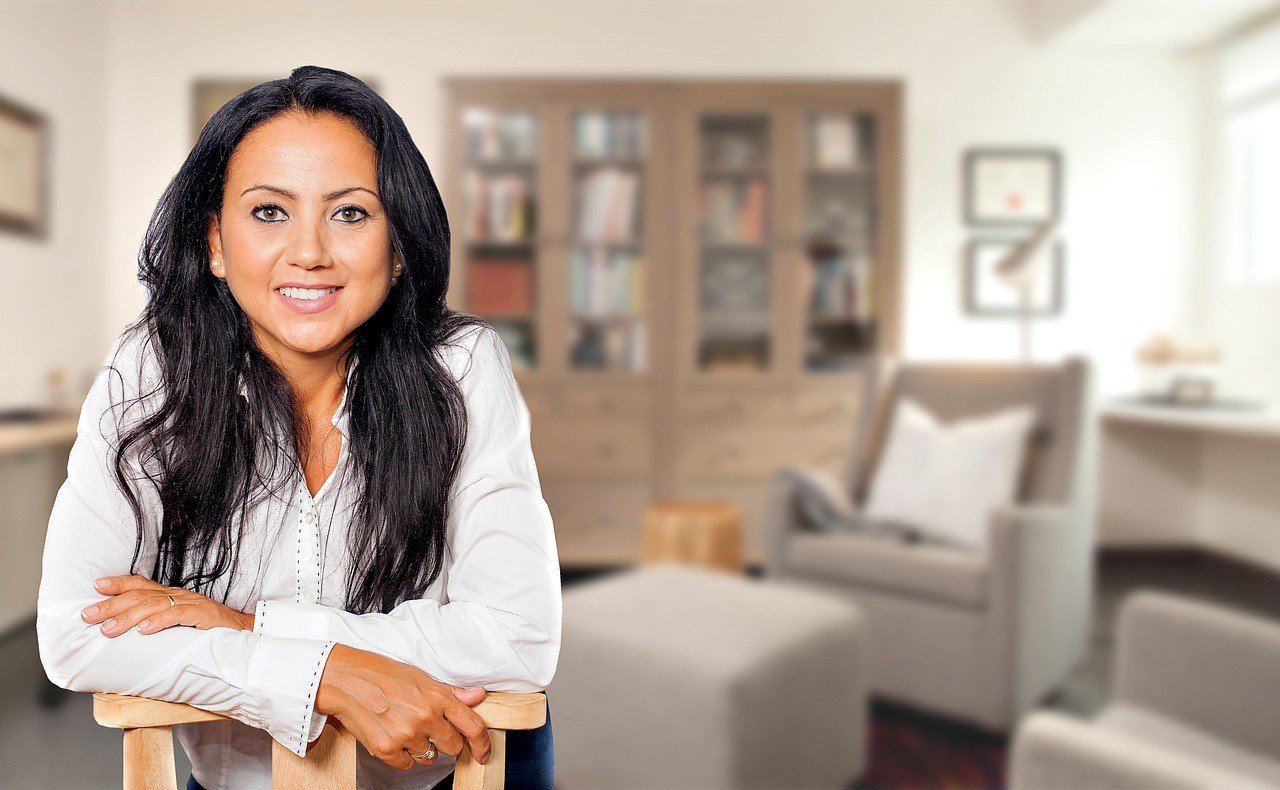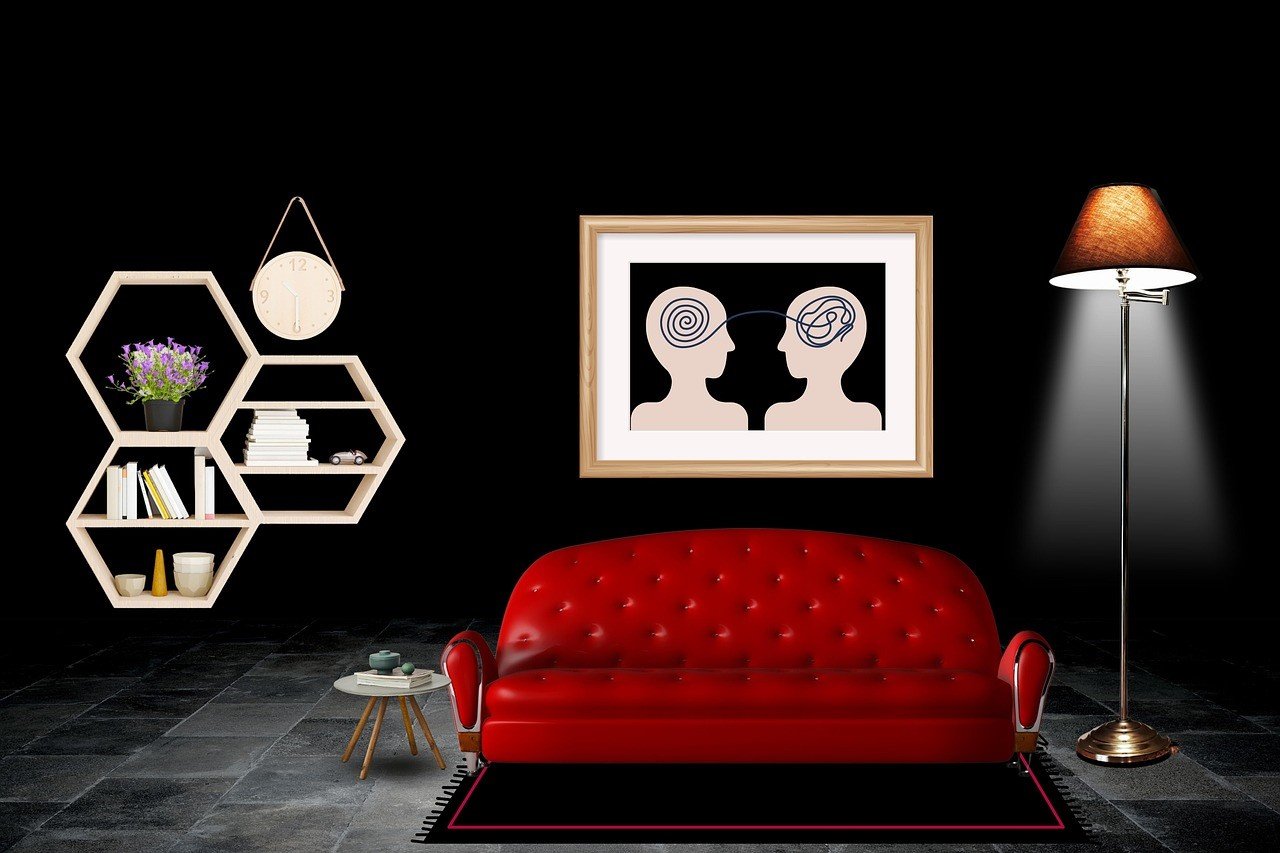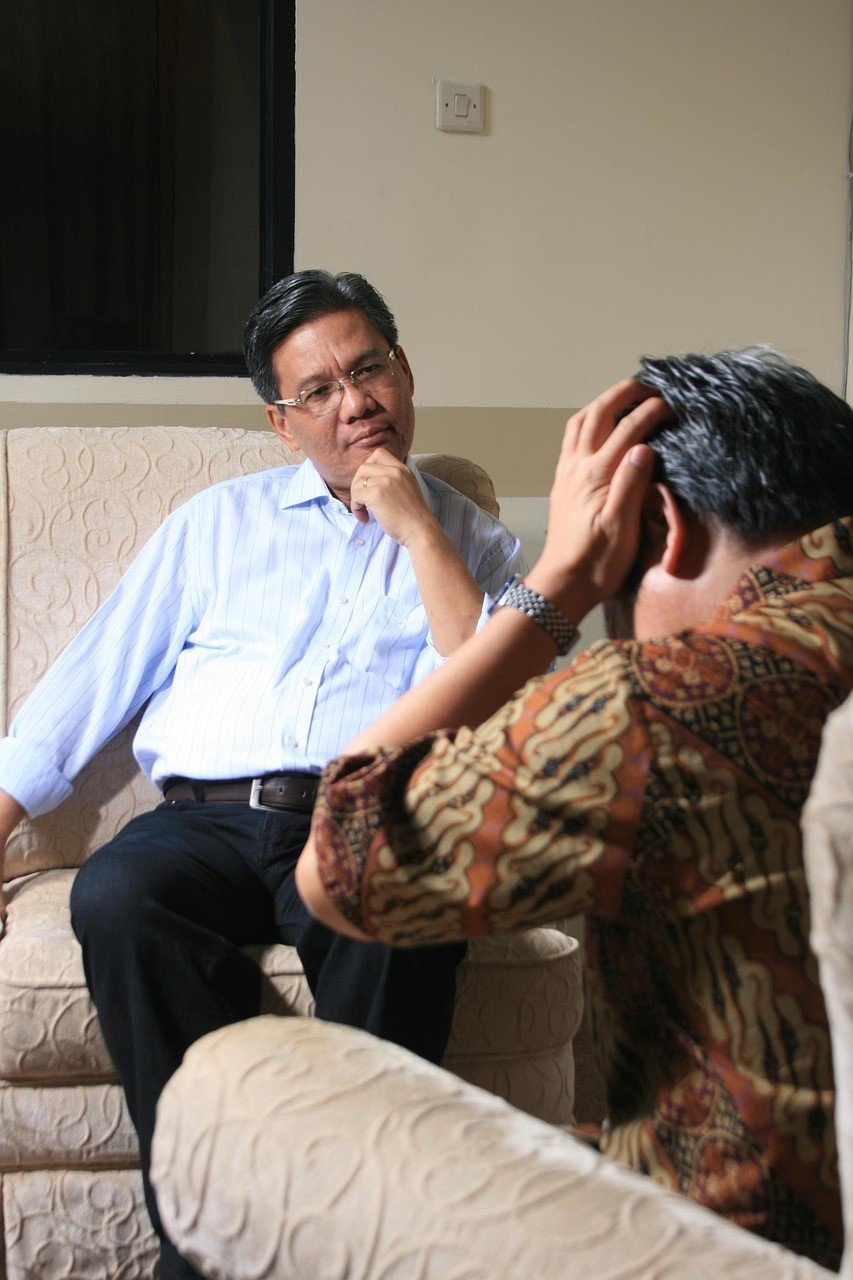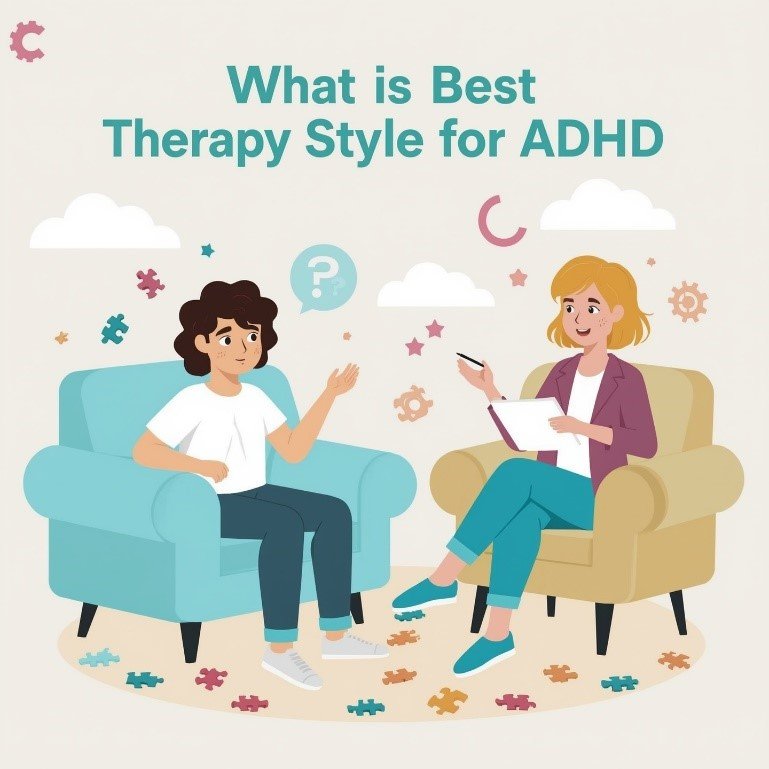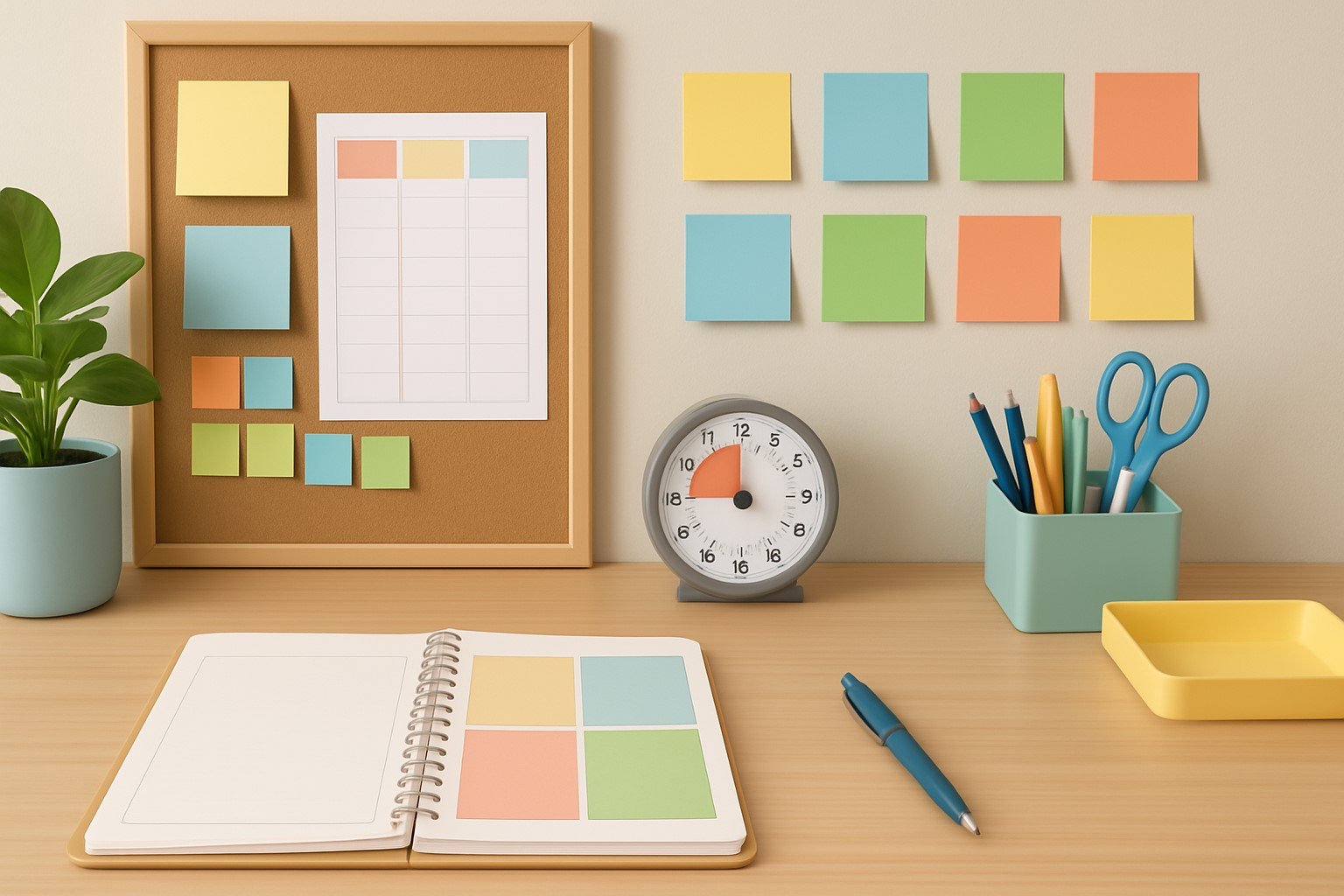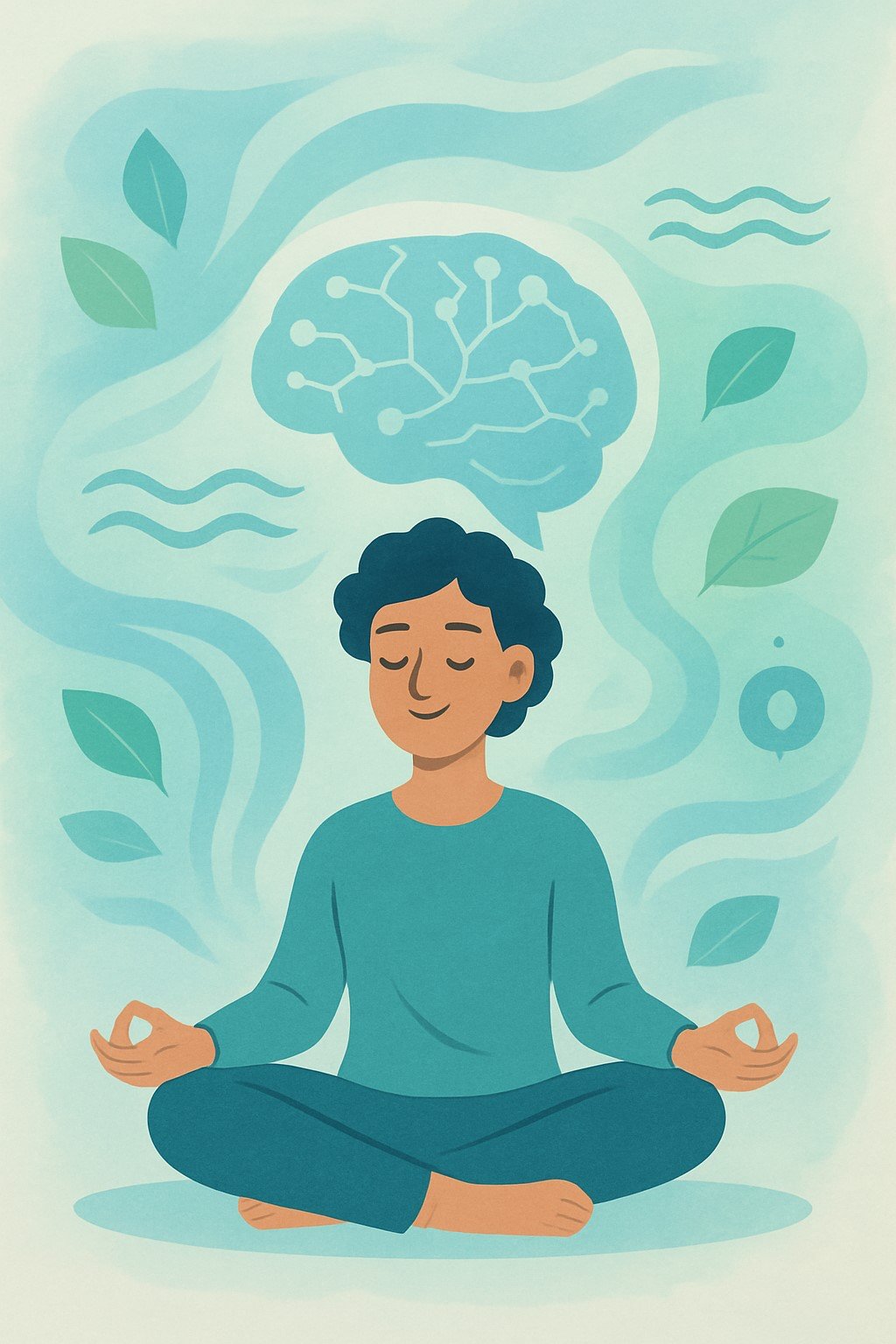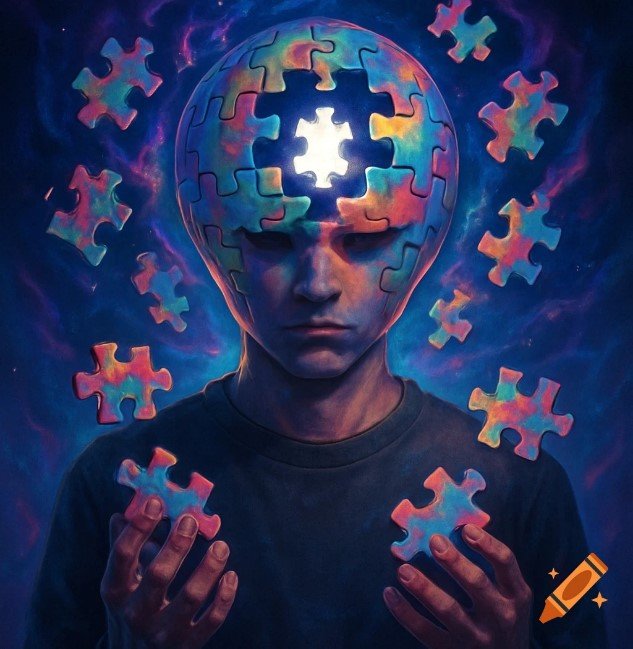ADHD Coaching for Career Success
ADHD Coaching for Career Success
As an ADHD coach working with professionals across California (yes from Silicon Valley startup scrambles to quieter suburban teams), I’ve seen how ADHD career coaching can turn chronic overwhelm into steady career momentum. I remember a client let’s call her Maya who showed up to our first session juggling three half-done projects, an overflowing inbox, and the sinking feeling that she was “failing at work.” (Wait no, that’s not quite right… she wasn’t failing; systems were failing her.) Over months we rebuilt a bite-sized planning system, practiced focus windows, and retrained how she talked about her day. The change wasn’t magic; it was deliberate, practical work.
Adults with ADHD are statistically more likely to face unemployment or underemployment and to report barriers at work, which is why targeted coaching matters. ResearchGate At the same time, the research is shifting: ADHD often comes with paradoxical career strengths intense creativity, pattern-spotting, energy for high-stakes problem solving strengths that coaching can help harness. And the practical toolbox coaches use focused time systems, environmental tweaks, and habit-building strategies isn’t guesswork; it’s grounded in career-focused ADHD research and clinical guidance.
If you’ve tried generic productivity advice and it didn’t stick, you’re not alone. That’s precisely why neurodivergent-aware programs and career coaches exist they adapt methods to how your brain actually works, not some one-size-fits-all checklist. (Think of it like custom tailoring instead of grabbing an off-the-rack suit.) You can find examples of tailored career coaching offerings and frameworks from experienced practitioners and organizations doing this work.
What this article will do for you (quick preview so you can decide whether to read the whole thing or skim to your problem):
- Define the core career barriers people with ADHD face and why traditional advice often misses the mark.
- Give step-by-step, coach-tested strategies you can implement this week (time management, focus systems, communication scripts).
- Share anonymized client stories and measurable ways to track progress so you can see what “career success” actually looks like.
(If you like checklists and examples you’re in the right place. If you prefer deep-dive theory first hang tight; we’ll get there.)
Problem Identification: Why ADHD Adults Struggle in Careers
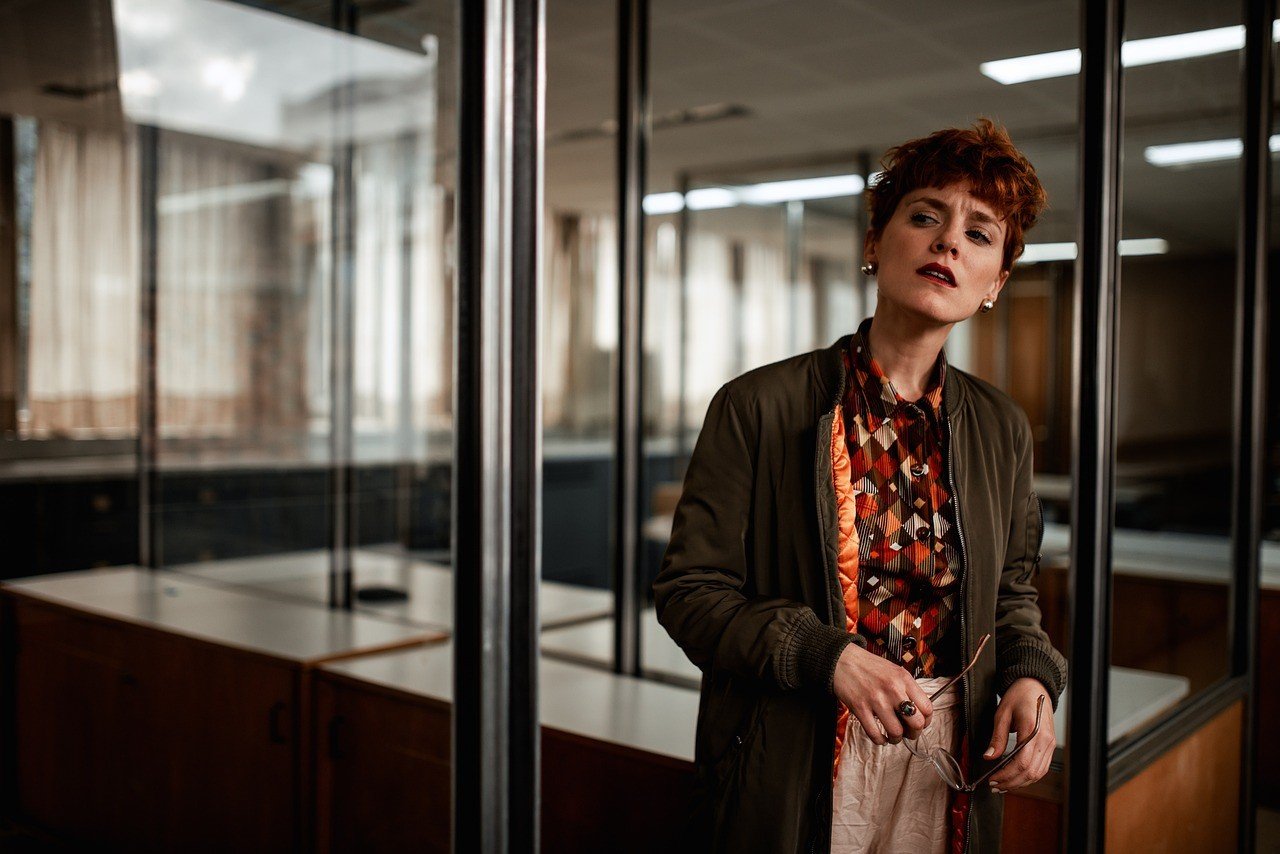
Here’s the thing: ADHD at work isn’t just about being “distracted” or “forgetful.” That oversimplification misses the real weight of what’s happening day after day in a career setting. When clients first come to me, they often describe a swirl of missed deadlines, tense performance reviews, and this constant undertow of self-doubt. And yet (and I can’t stress this enough) what looks like “carelessness” from the outside is usually a gap in executive function support, not motivation or intelligence.
Based on both research and years of coaching, here are the 10 most common career challenges for adults with ADHD each one pulling at professional growth in different ways.
- Time Management & Planning
- Challenge: Many ADHD professionals struggle with tracking deadlines, setting realistic timelines, or breaking projects down into doable steps.
- Why it matters: Career advancement is often measured by reliability. Without solid time systems, talented professionals can look inconsistent.
- Example: A client (we’ll call him Alex) constantly underestimated how long reports would take. By integrating calendar blocking and pre-deadline “checkpoints,” his stress dropped and his manager noticed the change.
- Focus and Distraction
- Challenge: Open plan offices, ongoing Slack notifications, and multitasking, or as we like to call it, distraction olympics. ADHD brains light up in these situations (and not in a good way).
- Why this matters: Sustained attention is mandatory in roles that require deep work.
- Example: Maya (the same client I mentioned previously) learned to schedule 90-minute “focus sprints” with noise cancelling headphones and shortively communicated “do not disturb” signals. Her productivity doubled in less than 3 weeks.
- Organization & Task Management
- Challenge: From figuring out how to organize digital files to managing multi-step tasks, staying organized feels like holding water in your hands.
- Why this matters: Being disorganized creates bottlenecks in work flow that can delay an entire team.
- Example: A former client shared, “My desk is like my brain is a mess, chaotic, and hard to navigate.” Using structured workflows of digital files and a daily review of tasks, he began to rebuild his confidence.
- Procrastination
- Challenge: Not laziness – difficulty with initiating a task. Getting started can feel like standing at the base of a mountain, without having hiking boots on.
- Why this matters: Getting behind on deadlines and “rushed last time brilliance” can only work for so long before your reputation suffers.
- Example: By setting micro-goals of “just write the title first,” one client was able to move from last minute panicked evenings to consistent dependable delivery.
- Communication & Interpersonal Skills
- Challenge: Misreading cues, overtalking in meetings, or struggling with conflict resolution.
- Why it matters: Career growth isn’t only about technical ability; it’s also about relational capital.
- Example: Role-playing helped one client practice how to “pause before responding.” The result? Fewer conflicts and more respect in team settings.
- Confidence & Self-Esteem
- Challenge: After hearing “try harder” for years, it has an impact. Many adults with ADHD carry deep, quiet wounds from their school experience or earlier jobs.
- Why it is important: Low confidence leads to self-sabotage; avoiding promotions, undervaluing skills and/or not applying for a stretch role.
- Example: I once coached a client who whispered to me, “I don’t think I am cut out for leadership.” Using reframing to see the types of strengths of her ADHD, like being a fast decision maker under pressure, eventually led to her unfolding into a team lead role.
- Career Transitions & Finding the Right Path
- Challenge: Knowing a career path that demonstrates strengths or in general how to approach a career transition without falling into doubt.
- Why is it important: Many adults with ADHD feel trapped in an income generator role that wounds or zeers their energy, instead of working in ways that energize them.
- Example: Through strength-based career mapping, one client was able to pivot from accounting (which felt suffocating to her) to a UX design focus (which felt energizing to her).
- Workplace Accommodations
- Challenge: Many individuals do not know if/who/how to request accommodations, and what their rights may include.
- Why is it important: Quiet spaces, flexible deadlines or even remote work options can render options we did not believe we had.
- Example: Working with a client around the language that would be helpful when requesting flexible working hours expanded her work-life balance by leaps and bounds.
- Stress & Anxiety Management
- Challenges: Stress and anxiety often co-exist with ADHD especially in fast-paced environments.
- Why does it matter: High levels of stress exacerbate ADHD symptoms thereby creating a domino effect.
- Example: One of the engineers I worked with began taking mindfulness mini-breaks prior to his presentations, and both his nerves and ADHD symptoms were less aggravated.
- Building Sustainable Habits
- Challenges: It is not the “picking up habits” that is the problem it is “keeping habits”. ADHD brains want novelty and throw off adherence.
- Why does it matter: Success in a professional setting is developmental and happens over time. It’s not about a week of good work or a change in behavior; it is about showing up on a consistent basis over months and years.
- Example: A client developed a “habit buddy” set-up with a colleague, where they checked in and practiced accountability in a weekly telephone conversation over time, the habit stuck.
Practical ADHD Career Coaching Solutions

Alright so now that we’ve laid out the biggest hurdles, let’s talk solutions. Because honestly, that’s the best part of this work: watching someone shift from “I’ll never get this right” to “Hey, this system actually works for me.” And here’s the thing (I tell every client this on day one): you don’t need a perfect system you need a system that sticks. ADHD coaching isn’t about imposing rigid rules; it’s about designing tools that flex with your brain.
Below, I’ll walk through step-by-step ADHD workplace strategies I use with clients. These are drawn from both research (Nadeau, Samosh, Crook & McDowall) and the lived coaching experiences we’ve already talked about.
- Time Management & Planning Systems
- Strategy:
- Use calendar blocking for high-priority tasks.
- Break big projects into “micro-milestones.”
- Add a “buffer block” before deadlines to reduce last-minute panic.
- Client Story: Alex, the one with constant late reports, started planning backward from deadlines instead of forward. That one tweak flipped his on-time delivery rate from 40% to 90%.
- Tool Tip: Digital tools like Google Calendar + color coding can help, but some clients do better with paper planners they can touch. (Seriously, don’t underestimate a bold Sharpie on a wall calendar.)
- Focus & Distraction Solutions
- Strategy:
- Pomodoro technique (25 minutes focused, 5 minutes off)
- Noise-cancelling headphones or friendly workspaces for people with ADHD
- task batching (do all emails at once or all paperwork at once for example, instead of doing it scattered throughout the day).
- Client Story: The “focus sprints” of 90 minutes completely changed different client’s workday – not just productive, but their energy.
- Tool Tip: Applications such as Forest or Focus Booster help gamified focus time which can be motivating for a brain with ADHD
- Organization & Task Management
- Strategy:
- One single “master task list” not five sticky notes scattered all over the place.
- Visual system (Kanban board, trello, or whiteboards) to see ALL tasks visual in one space.
- Daily “reset ritual”: a 10-minute time block at the end of your work day to clear work space and plan for next day.
- Client Story: One of my clients painfully said “My brain is like 37 browser tabs open.” A “project dashboard” tool that stored all of their tasks in one place gave him approaching zero stress.
- Tool Tip: Trello, Asana, Notion are nice to have, but for some, just displaying a whiteboard to the side of your desk was an enough.
- Beating Procrastination
- Strategy:
- The “2-Minute Rule” (if it takes under 2 minutes, do it now).
- Start with micro-goals: instead of “write the report,” start with “write the title.”
- Pair unpleasant tasks with rewards (coffee, music, movement).
- Client Story: A marketing professional I worked with set a rule: “No checking email until I’ve done the first micro-task of the day.” That broke her 2-hour morning delay habit.
- Tool Tip: Habitica turns tasks into a role-playing game (yes, quests and rewards). Perfect for ADHD motivation.
- Communication & Interpersonal Skills
- Strategy:
- Practice “pause before reply” in meetings.
- Use scripts for difficult conversations.
- Role-play conflict resolution with coach or mentor.
- Client Story: A client prone to interrupting started taking 3 deep breaths before speaking. Colleagues noticed immediately meetings became smoother.
- Tool Tip: Recording yourself in practice conversations can help pinpoint patterns you didn’t notice.
- Confidence & Self-Esteem Building
- Strategy:
- Strength inventory (list ADHD “superpowers”: creativity, problem-solving, high energy).
- Reframe setbacks as “feedback, not failure.”
- Celebrate micro-successes on a weekly basis.
- Client Story: So the client who did not think she had leadership abilities? She started a “wins journal.” After three months, she had a whole binder of wins, successes that she would have normally forgotten. And that confidence brought into her promotion interview.
- Tool Tip: Apps, like Daylio or even a voice memo, are quick ways to check-in with oneself.
- Career Transitions & Pathfinding
- Strategy:
- Map strength(s) → interest(s) → workplace values (three-circle model)
- Test out the role through job shadowing or a side project.
- Attend coaching to prep for interviews using ADHD tools (e.g., bullet-point notes instead of complicated scripts).
- Client Story: The accountant who became a UX designer? Her direction came from delightfully exploring the moments in her work where she was in a “flow state” — times when the hours passed without other struggle.
- Tool Tip: Career assessments – StrengthsFinder, RIASEC, and so on help you clarify direction (you are always filtered through the lens of ADHD coaching).
- Workplace Accommodations
- Strategy:
- Familiarize yourself with U.S. ADA rights (especially in California).
- Craft some scripts to ask for quiet spaces, deadline flexibility, or even a hybrid schedule.
- When asking, frame it as a productivity enhancer for the company, rather than a personal request.
- Client Story: One client requested noise-canceling headphones and her request was approved right away once she described it as helping her “deliver higher quality work.”
- Tool Tip: CHADD.org offers resources on workplace accommodations.
- Stress & Anxiety Management
- Strategy:
- Build micro-breaks into the calendar (move, hydrate, breathe.
- Use a mindfulness app (i.e. Headspace, Calm), but keep it under 3 minutes.
- Energy management: utilize your hardest work/tasks when you are at peak times of focus.
- Client Story: The engineer who hated presentations now opens with a mindfulness check-in (2 minutes), & her anxiety decreased- performance increased!
- Tool Tip: “Box breathing” technique (Inhale 4, hold 4, exhale 4, hold 4). You can do this even in a meeting.
- Building Sustainable Habits
- Strategy:
- Pair new habits with existing routines (habit stacking).
- Use accountability partners or “habit buddies.”
- Track progress weekly instead of daily (reduces guilt when you miss a day).
- Client Story: My client with the “habit buddy” system kept it going long enough that the habits became second nature.
- Tool Tip: Streaks or Loop Habit Tracker apps work well for ADHD-friendly habit tracking.
Implementation Stories: ADHD Coaching in Action

This is where the real stuff happens. Strategies sound nice when outlined on paper, facing the real question of if and how the strategies will show up in our day-to-day work environment. Through my experience of coaching adults with ADHD, I’ve realized how people retain stories people remember stories far more than vague markers of advice. As a result, I want to share the anonymized stories (details changed for anonymity) of clients and their moments when the tools and strategies we work on came to life in the real world.
Story 1: From Constantly Late → Consistently On-Time
Client Profile: Alex, 30-something male, project manager at a technology firm.
The Challenge: Alex was always running late to meetings, and was always missing deadlines which created a feeling of “unreliable.”
Coaching Shift: We created a reverse-planning framework, wherein we would look at the deadline, and reverse plan the project and add some buffer time to the reverse plan.
The Result: After 3 months of using this tool, he shifted from an on-time completion rate of around 40% to 90%. His manager even commented, “I don’t know what you did, but keep doing it.”
Story 2: The Overwhelmed Email Inbox
Client Profile: Maya, marketing coordinator.
The Challenge: 700+ unread emails, putting it off, spiraling into the, “I’ll deal with this later” mindset.
Coaching Shift: Introduced batching (30 minutes, twice a day) + “2-minute rule” (handle quick replies on the spot).
The Result: Inbox zero once per week, but maybe more importantly, Maya reported sleeping better because she wasn’t being haunted by her inbox.
Story 3: The Interrupted Leader
Client Profile: Jordan, a senior engineer who leads a small team.
The Challenge: Constant interruptions in meetings colleagues perceived this to be impatience.
Coaching Shift: We practiced a “3-breath pause” before he spoke and added use of a notepad to jot down thoughts instead of interrupting to blurt them out.
The Result: Feedback from his director, “You’re leading the meetings with more confidence and calmness a huge improvement.”
Story 4: The Stuck Career Pivot
Client Profile: Lila, accountant considering UX design.
The Challenge: Felt trapped hated spreadsheets, but scared to leap.
Coaching Shift: We identified her “flow activities,” tested with a design bootcamp project, and used coaching to build transition steps.
The Result: Within 8 months, she landed a junior UX role. Her words: “For the first time, work doesn’t feel like punishment.”
Story 5: The “Always Behind” Manager
Client Profile: Sam, retail operations manager.
The Challenge: Constant backlog, felt like “everyone else is faster.”
Coaching Shift: Introduced end-of-day reset ritual + weekly planning meeting with himself.
The Result: He started each week clear-headed instead of already behind. Stress dropped; team morale improved too.
Why These Stories Matter:
- They show that ADHD coaching is not one-size-fits-all.
- Each system was custom-fit to the client’s brain and environment.
- Small, repeatable actions (like a breathing pause or planning ritual) often created the biggest impact.
Call to Action: Your Next Step Toward ADHD Career Success
If you’ve read this far, chances are you’re already thinking: “This sounds like me… maybe coaching could actually help.” And if that thought is in your mind right now don’t brush it aside. That’s the exact moment when change can begin.
At Heal&Thrive, ADHD career coaching isn’t about fixing you because you’re not broken. It’s about giving your brain the systems, strategies, and support it needs to thrive in your career. Whether you’re looking to climb the ladder, switch into a role that finally fits, or simply feel less overwhelmed at work you don’t have to figure it out alone.
Here’s what you can do today:
- Book a Coaching Session
Take the first step and schedule a session with one of our ADHD-informed career coaches at Heal&Thrive In just one call, you’ll leave with clarity on your next career step.
- Download the Free Guide
We’ve put together a resource full of ADHD-friendly workplace strategies time management hacks, focus tools, and communication scripts. Grab it now from Heal&Thrive and start experimenting today.
- Connect with Our Team
Not ready to dive in yet? That’s okay. Reach out to our support team at Heal&Thrive and ask questions. Sometimes, the first move is simply starting a conversation.
- Contact our coaches at Heal&Thrive
- Download your ADHD Career Success Guide
- Book your session now
Don’t wait for the “perfect moment.” Career success with ADHD doesn’t come from waiting it comes from action, even if it’s small. Let’s build the systems that match your brain and unlock the career you deserve.


